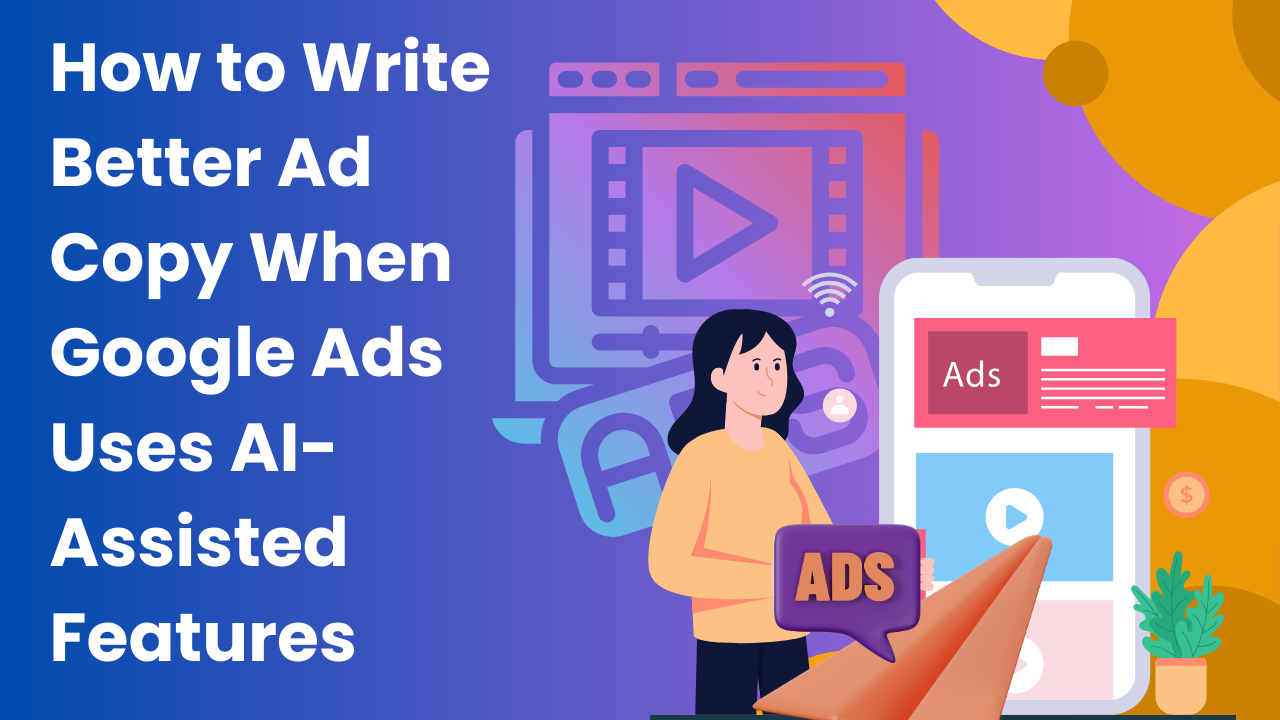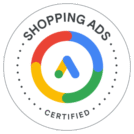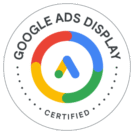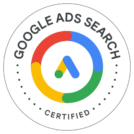In today\’s ever-changing and fast-paced digital age, it is essential for businesses to write an effective ad copy in Google Ads. This is especially true now that Google Ads now has AI-assisted features that help advertisers manage their campaigns differently from the past. Businesses must adapt to these changes in order to stay competitive – especially businesses that are working with a Google Ads Agency in Dubai. In this guide, we will look at ways to create great ad copy for your Google Ads campaigns, while also using AI tools, to help ensure your campaigns are relevant to the audience and drive conversions.
Why Google Ads with AI-assisted Features May Be Important to Your Business.
Google Ads\’ AI-assisted tools like Smart Bidding and Responsive Search Ads help optimize campaigns while analyzing user behaviour and optimizing ad performance in real time. There is a Google study that found advertisers using AI features achieve conversion rates up to 20% higher than those who do not. AI is intelligent in contexts when it has a human pairing the creativity with it. A Google Ads Agency can help navigate automation vs tailored ad copy to maximize business results.
AI tools on the Google Ads dashboard suggest keywords, generate ad variations, and adjust bids. Yet, poorly written copy can undermine these efforts. To succeed, your ad copy must align with AI’s data-driven insights while engaging your target audience emotionally.
Tips for Writing Better Ad Copy with AI Assistance
1. Understand Your Audience and AI Insights
Before writing, dive into the Google Ads agency account to analyze audience demographics, search intent, and high-performing keywords. AI tools provide data on which terms drive clicks. For instance, a Google ad agency in Dubai might notice local searches for “luxury car rentals.” Use this insight to craft copy like, “Rent Your Dream Car in Dubai Today!”
Pro Tip: Use unique words like “exclusive” or “premium” to stand out. Avoid generic phrases to keep your copy fresh.
2. Leverage Responsive Search Ads
Google’s Responsive Search Ads (RSAs) allow you to input multiple headlines and descriptions, which AI mixes and matches to find the best combinations. Write 10-15 headlines and 4-5 descriptions, ensuring each is concise and varied. For example, a Google ad company might test headlines like “Boost Sales with Expert Ads” and “Top Google Ads Agency in Dubai.”
Quote: “RSAs give advertisers the flexibility to test multiple messages at scale,” says Sarah Johnson, a digital marketing expert at Search Engine Journal.
3. Focus on Benefits, Not Features
AI prioritizes ads that resonate with users. Instead of listing features, highlight benefits. For example, rather than “We manage your Google Ads dashboard,” say, “Save Time and Grow Sales with Expert Campaign Management.” This approach appeals to emotions, increasing click-through rates.
Statistic: Ads emphasizing benefits over features see 10-15% higher engagement, per a WordStream report.
4. Incorporate Strong Calls-to-Action (CTAs)
A compelling CTA drives action. Use action-oriented words like “Discover,” “Get,” or “Start.” For instance, “Start Your Free Consultation with a Google Ads agency in Dubai Now!” AI tools track CTA performance, so test variations to find what works best.
Transition: Next, let’s explore how to avoid common pitfalls.
5. Avoid Keyword Stuffing
While it’s tempting to overuse keywords like Google Ads agency or Google ad agency, this can harm readability and rankings. Google’s algorithms favor natural, user-focused content. Instead, sprinkle keywords strategically in headings, intros, and conclusions.
6. Optimize for Readability
When you use short sentences and short paragraphs, it makes it easier to understand your writing. Hit a Flesch Reading Ease score between 60-70 to make it accessible for large audiences. Use transitional words/phrases, along with other words, such as \”hereby,\” \”therefore,\” and \”additionally\” to help guide readers through your writing without squeaking on the brakes.
Example: Write \”Our agency provides campaigns,\” instead of \”Our Google ad company creates campaigns that produce results to ensure your budget works harder.\”
Common Mistakes to Avoid
- Over-Reliance on AI: AI suggests ad copy, but it may lack personality. Add a human touch to reflect your brand.
- Ignoring Local Context: A Google Ads agency in Dubai should use local references, like “Drive Traffic in the UAE Market.”
- Neglecting Testing: Always test ad variations to refine performance.
Conclusion
Writing better ad copy in a time where Google Ads can be closely tied to AI is an exercise of creativity, data-driven knowledge, and strategic keyword use. Determining who your audience is, implementing Responsive Search Ads and writing CTAs that focus on benefits, you can write ads that convert. Working with a Google Ads agency in Dubai like CoTask IT Solutions will help you optimize your campaigns and measure your success in a competitive market where tangible results are required!
FAQs
In what ways does AI help with Google Ads?
AI features in Google Ads assist with bid optimization, audience targeting and can even suggest ad copy through features like Responsive Search Ads.
Can I rely on AI to create my ad copy?
AI is a great tool and a great way to generate suggestions but your creative voice, your knowledge and understanding of the audience and your unique brand voice must come through in your ad copy.
What are Responsive Search Ads (RSAs)?
Responsive Search Ads allow you the advertiser to provide Google multiple headlines and descriptions. Google\’s AI then combines and matches your titles and descriptions to find the best-performing combinations.
How can a Google Ads agency Dubai support an ad copy campaign?
A Google Ads agency that specializes in the Dubai market will not only adhere to cultural norms, writing culture-specific engaging high-performing ads! They also have expertise in leveraging AI features effectively.
What are some common mistakes to avoid when writing ad copy?
Common mistakes include using generic language, not highlighting benefits, having a weak call to action, and keyword stuffing.






